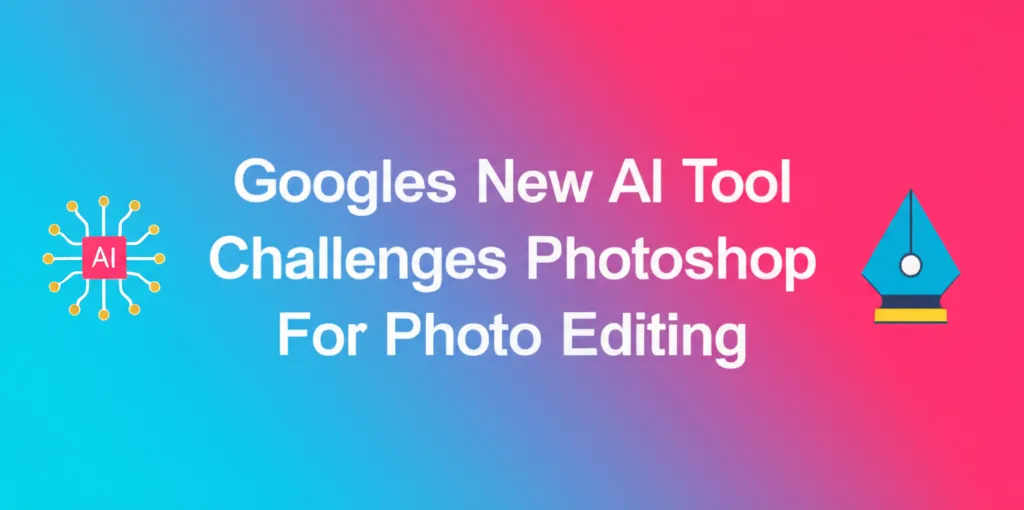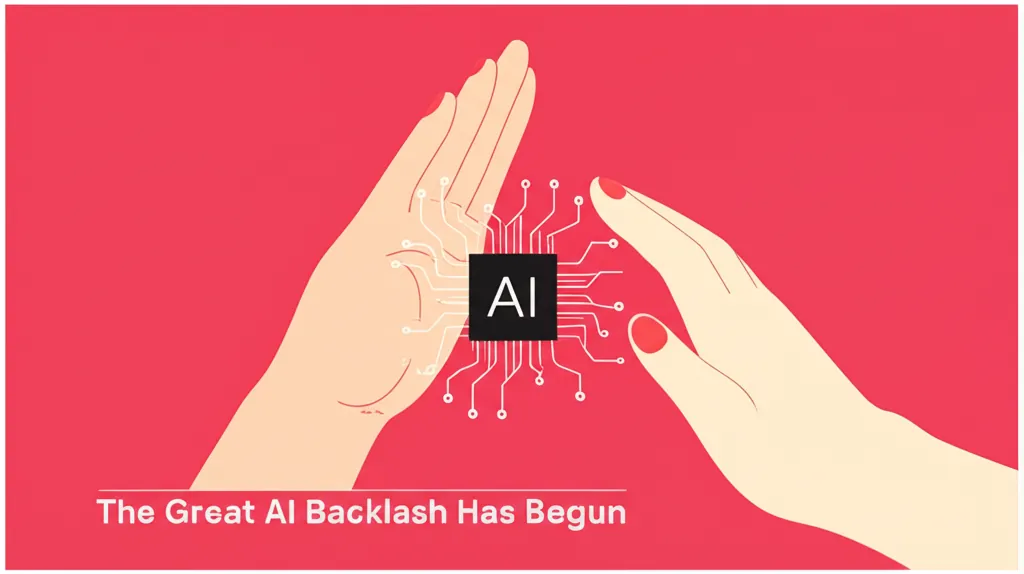Using Generative AI For Smarter HR Recruitment
The New HR Co-Pilot Generative AI
In today's competitive landscape, human resources professionals are constantly seeking innovative ways to attract, retain, and develop top talent. The rise of generative artificial intelligence, particularly large language models like ChatGPT, marks a significant turning point for the industry. These powerful tools are moving beyond simple automation to become strategic partners, assisting HR teams in crafting nuanced and effective strategies. From defining the initial talent acquisition framework to developing long-term employee growth plans, AI is poised to revolutionize how organizations manage their human capital, offering unprecedented efficiency and data-driven insights.
Step-by-Step Crafting Your Talent Strategy with ChatGPT
Building a robust talent acquisition strategy is a complex process, but generative AI can simplify and enhance each stage. By using strategic prompts, HR professionals can leverage AI to build a comprehensive plan from the ground up.
-
Defining Core Competencies: Begin by asking the AI to help brainstorm the essential skills and qualifications for a specific role. You can provide a general job title and ask it to generate a list of technical skills, soft skills, and experience levels based on industry standards.
-
Crafting Compelling Job Descriptions: Move from a list of skills to a full job description. Prompt the AI to write an engaging, inclusive, and clear job post that accurately reflects the role and company culture. You can ask it to adopt a specific tone, whether professional, casual, or energetic, to attract the right candidates.
-
Developing Interview Frameworks: A structured interview process is key to reducing bias and making informed hiring decisions. Use the AI to generate behavioral and situational interview questions tailored to the core competencies you defined earlier. This ensures that every candidate is evaluated against the same consistent criteria.
-
Automating Candidate Communication: Speed up your workflow by creating templates for every stage of the recruitment process. Ask the AI to draft personalized outreach messages for passive candidates, interview confirmation emails, and respectful rejection notifications.
Beyond Recruitment: Using AI for Upskilling and Training
The utility of generative AI extends far beyond the initial hiring process. It is an invaluable asset for nurturing talent within the organization. HR leaders can use these tools to design comprehensive upskilling and training programs that address both current and future business needs. For example, you can prompt the AI to outline a curriculum for a new manager training program or to create a personalized learning path for an employee looking to transition into a new role. By analyzing industry trends, AI can help identify emerging skill gaps and suggest relevant training modules, ensuring your workforce remains competitive and adaptable.
The Human Element: AI as a Strategic Partner
While generative AI offers powerful capabilities, it is crucial to remember that it is a tool to assist, not replace, the HR professional. Human oversight is essential to review AI-generated content for accuracy, context, and potential bias. The true value lies in combining the creative and analytical power of AI with the strategic insight and emotional intelligence of human experts. By embracing this partnership, HR departments can free up valuable time from administrative tasks and focus on what truly matters: building a thriving, engaged, and future-ready workforce. To learn more about the technology, you can visit the official ChatGPT page.


